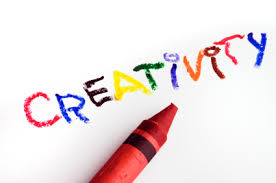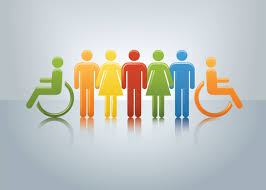Evaluating Children’s Literature & Books

Perhaps to the adult mind, children’s literature is little more than a collection of colorful pictures but to the young reader, these books could be gateways to a world of imagination and creativity.
Given the deep impact any type of exposure can have during formative years, it is important that children’s literature is evaluated and assessed in the light of its role in shaping personality and stimulating cognitive development of young minds.
Generally speaking, during the process of evaluating children’s literature there are six criteria to look out for.
Instructions
-
1
Relevance
How relevant is the literature to the age group and culture of the children it is intended for? Children’s literature is meant to aid in providing a rudimentary understanding of the world with emphasis on the culture of their immediate society
-
2
Creativity
Good Literature for children should aid in the stimulation of creative thinking by providing interesting and curiosity-evoking storylines.
-
3
Educative value
Whilst children’s literature should be creative and is largely expected to be fictional, it should also educate them about life and the world around them. It should teach children the values most important in their society.
-
4
Absence of bias
Unfortunately a good number of children’s literature sometimes overtly or covertly tends to promote some gender, race and other such biases. In evaluation, be especially careful to look out for signs of bias.
-
5
Illustrations
Aside from the fact that pictures appeal to the imagination of a child, they also help children to put the story into context. The evaluator will need to ensure that the pictures used are consistent with the context and storyline.
-
6
Simplicity
Children’s literature must be written in language that is easy for children to read and understand. Since children’s literature is in fact mostly written by adults, this is an area that requires extra care.
-
7
Conclusion
Children’s literature will always continue to play a big part in cognitive development, and as such must be carefully evaluated to assess its suitability for the purpose. The process of evaluation should consider the relevance, creativity, educative value, absence of bias, quality of illustrations and simplicity of the literature to determine if it is suitable for children.







